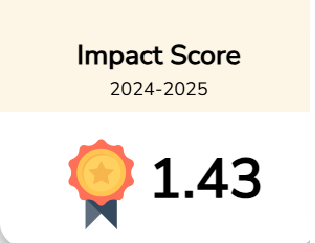Dietary Practices among Adolescents: Do Boys Eat Better than Girls?
Downloads
Adolescence is a unique period in life as it is a time of intense physical, psychological and cognitive development. This uniqueness puts the adolescence in a conflicting situation and stress which effect many developmental aspects of the personality. These developmental stages are closely linked with adolescent’s dietary practices. The present study was conducted to assess the dietary practices of adolescent boys and girls in relation to their mothers’ education. The total number of subjects was 702, age between 14-16 years, studying in randomly selected schools of District Chakwal. The study revealed that boys eat relatively better than the girls of same age despite of the fact that girls’ mothers were more educated than boys’ mothers at P. Value 0.002. Boys were taking more regular meals (78%) as compared to girls (62%). Education of mothers had no relevance with regularity of meals presumably because most of the mothers were either matriculate or had education up till Intermediate. A negligible number of mothers had a graduate level degree or higher. Dietary practices of the boys were better as compared to girls at P. Value < 0.002. Regularity in having breakfast was better in boys as compared to girls i.e. 87% boys and 64% girls. Almost similar pattern was observed in lunch consumption, where 80% boys and 70% girls were taking lunch regularly. Most of the male adolescents (89%) were taking their dinner regularly while only 65% female adolescents were regular in taking dinner. According to the participants’ major reasons for irregularity in meals were school timings as well as their own liking and disliking in having meals. Rice was the most favorite staple food among the participants. The tendency of skipping meals was also more prominent in girls which needs to be explored further.





